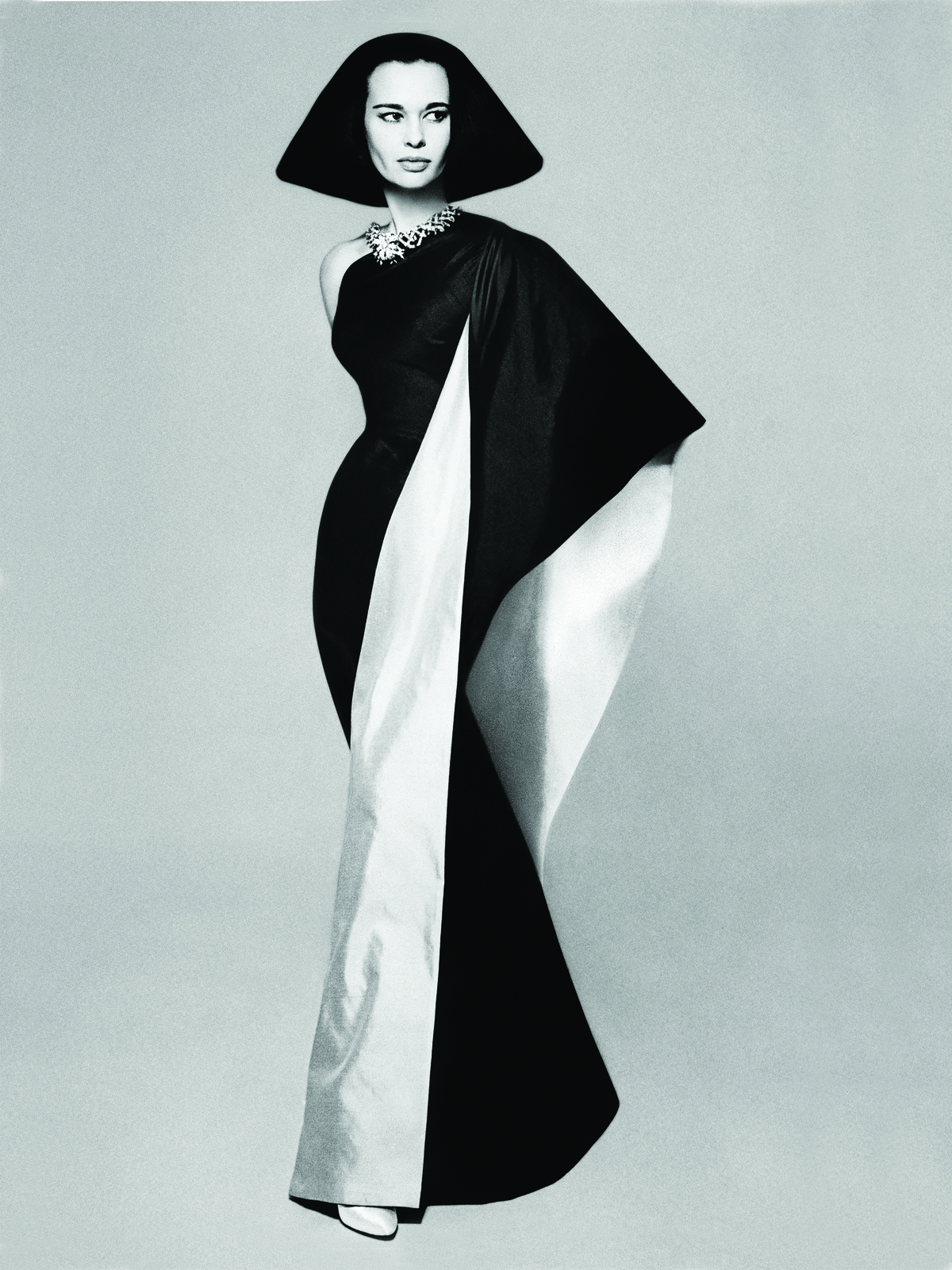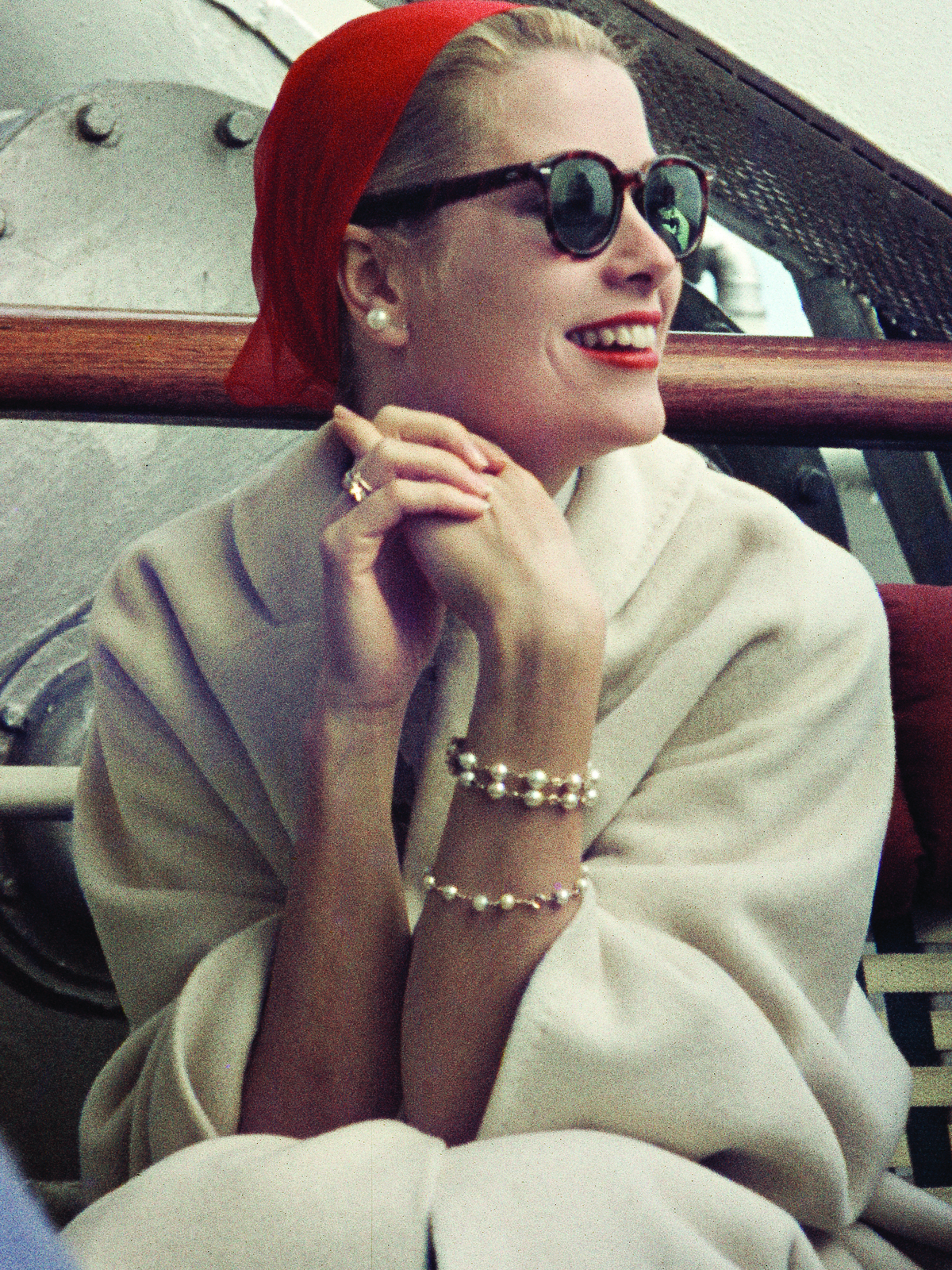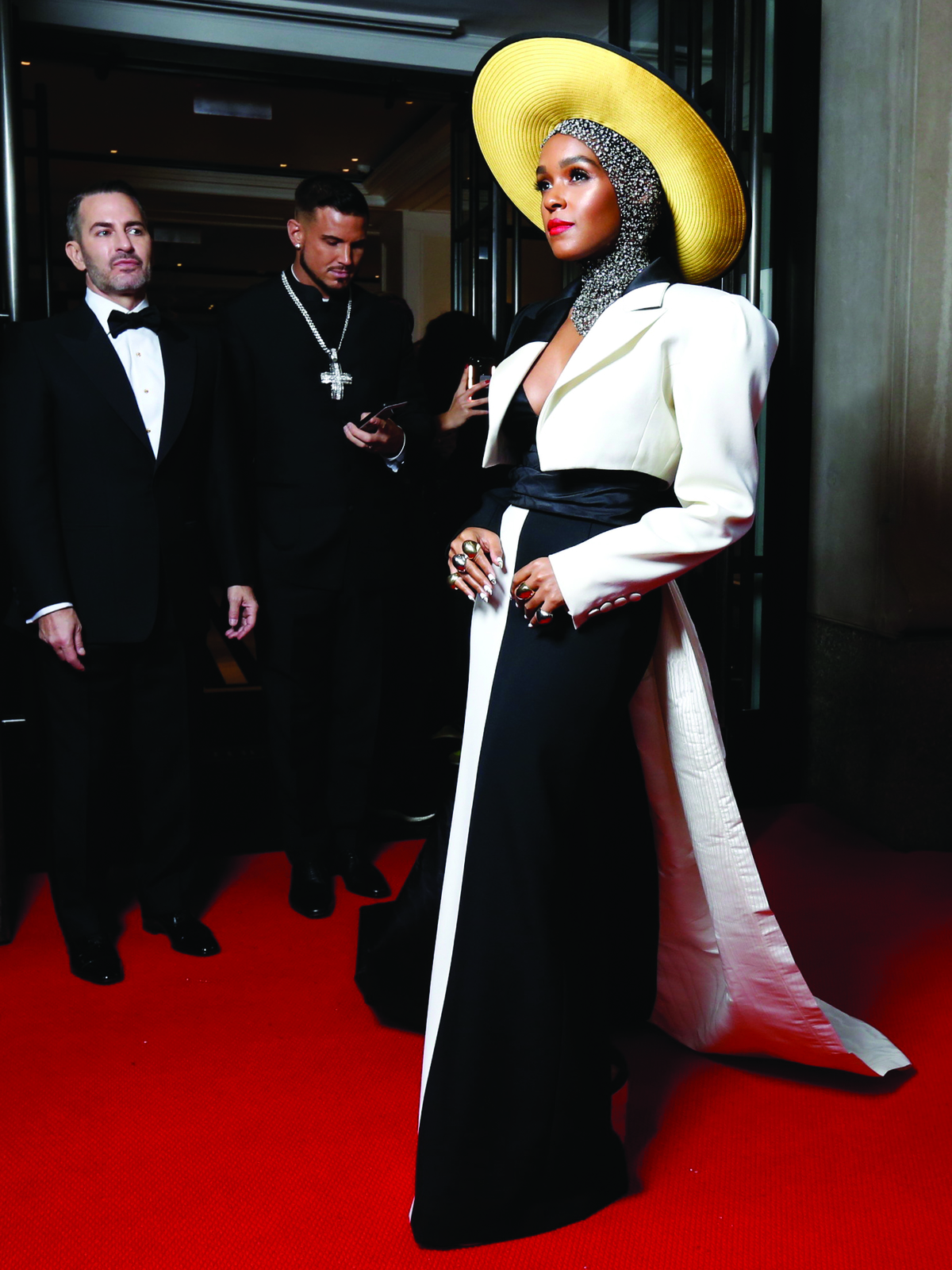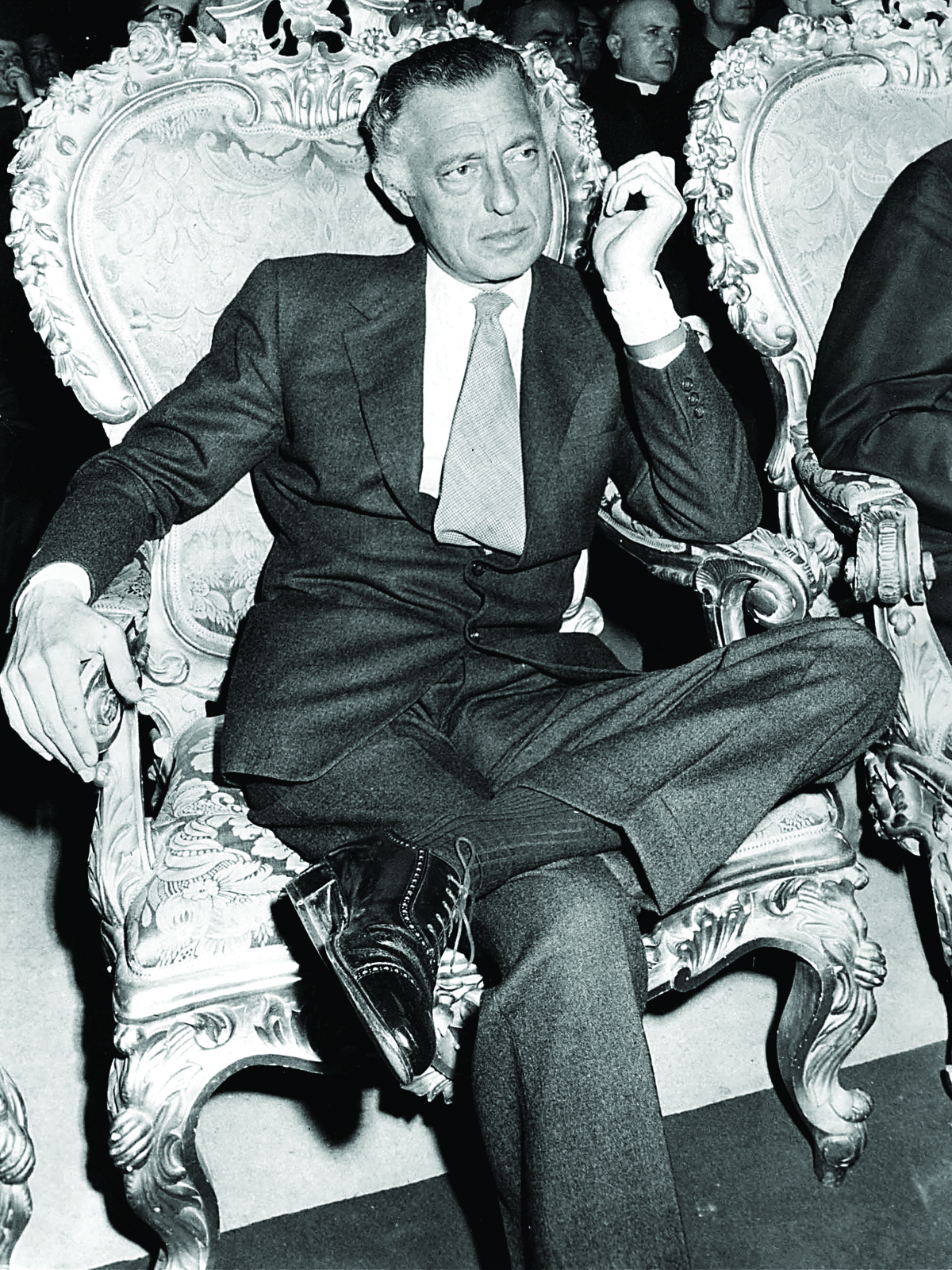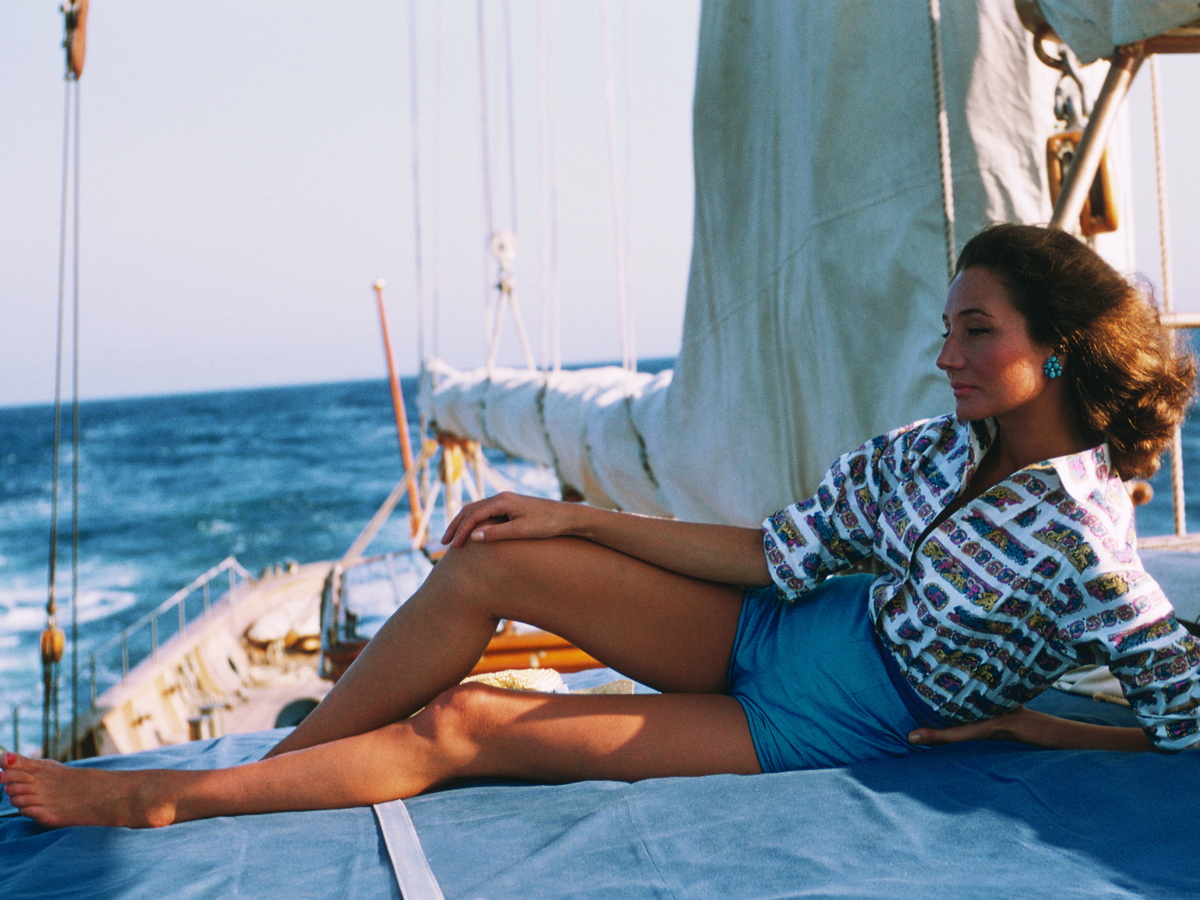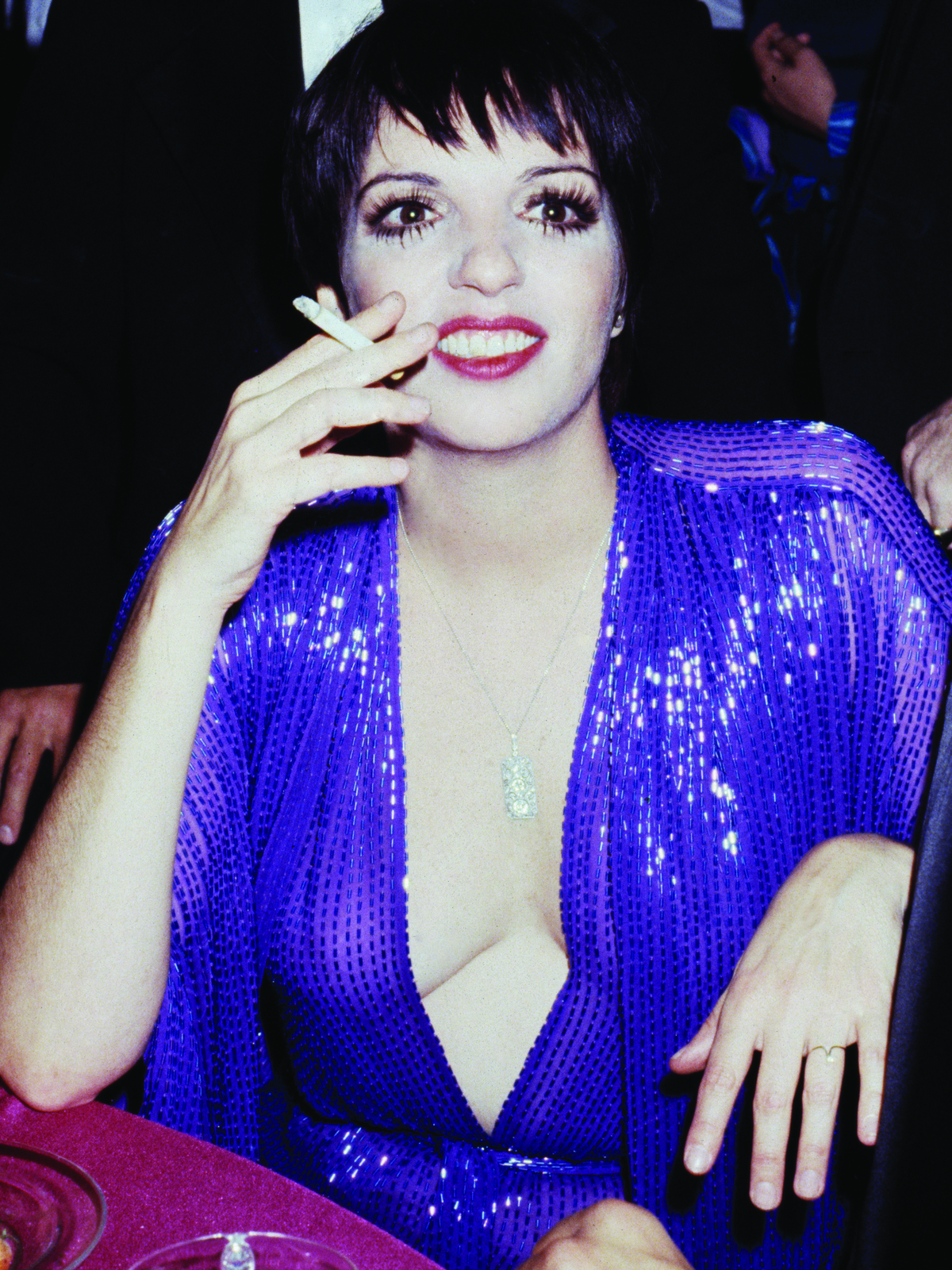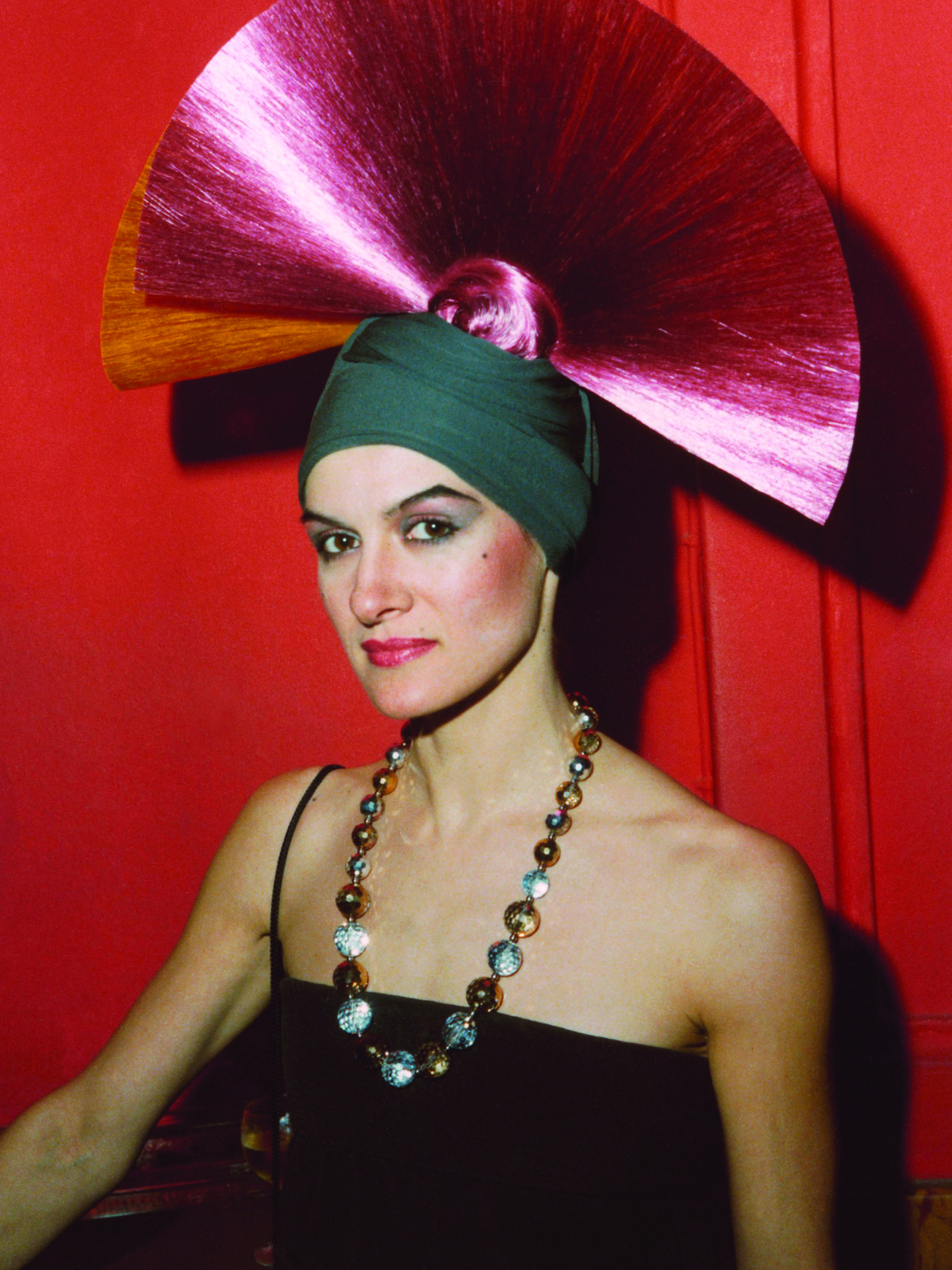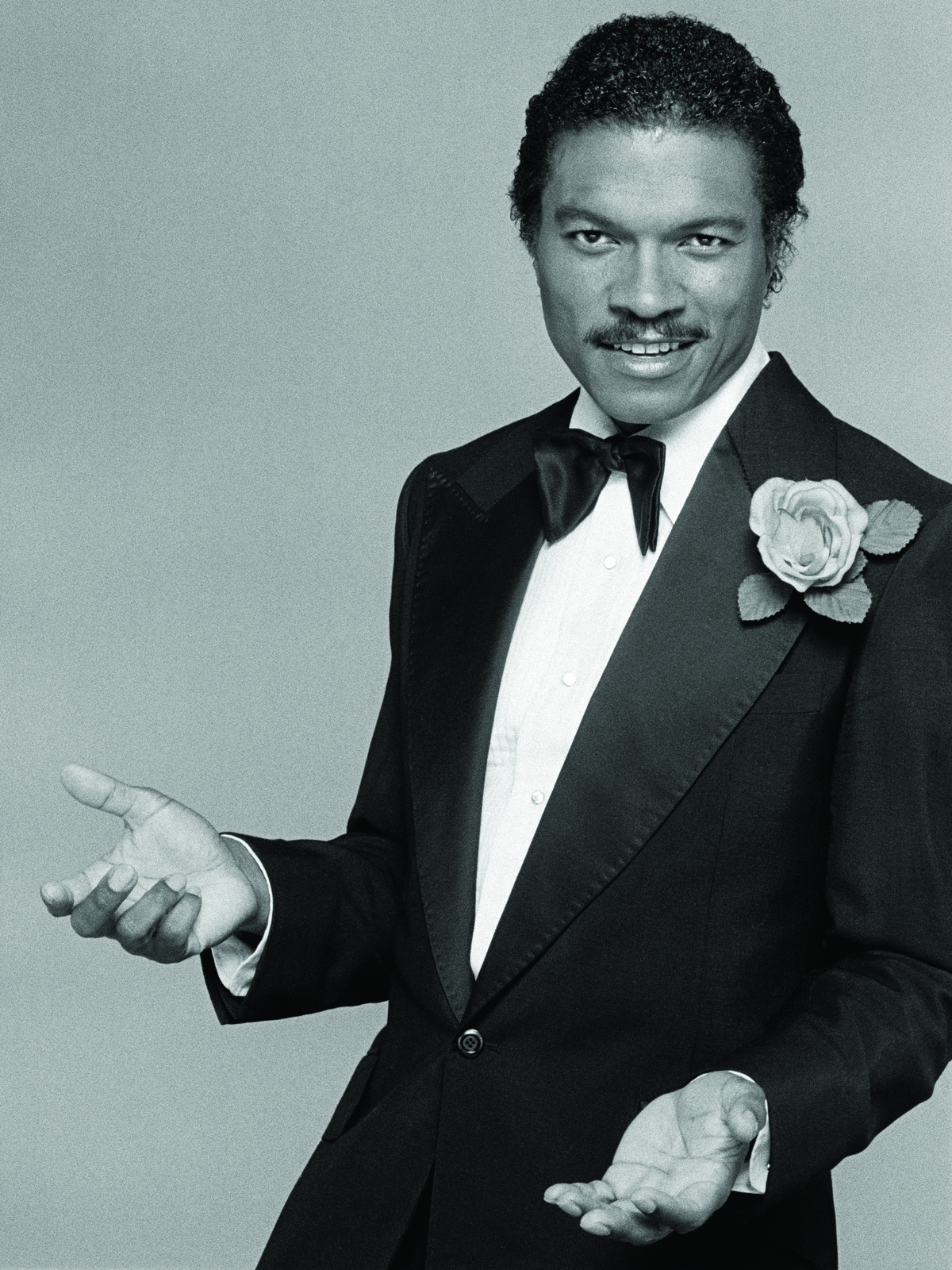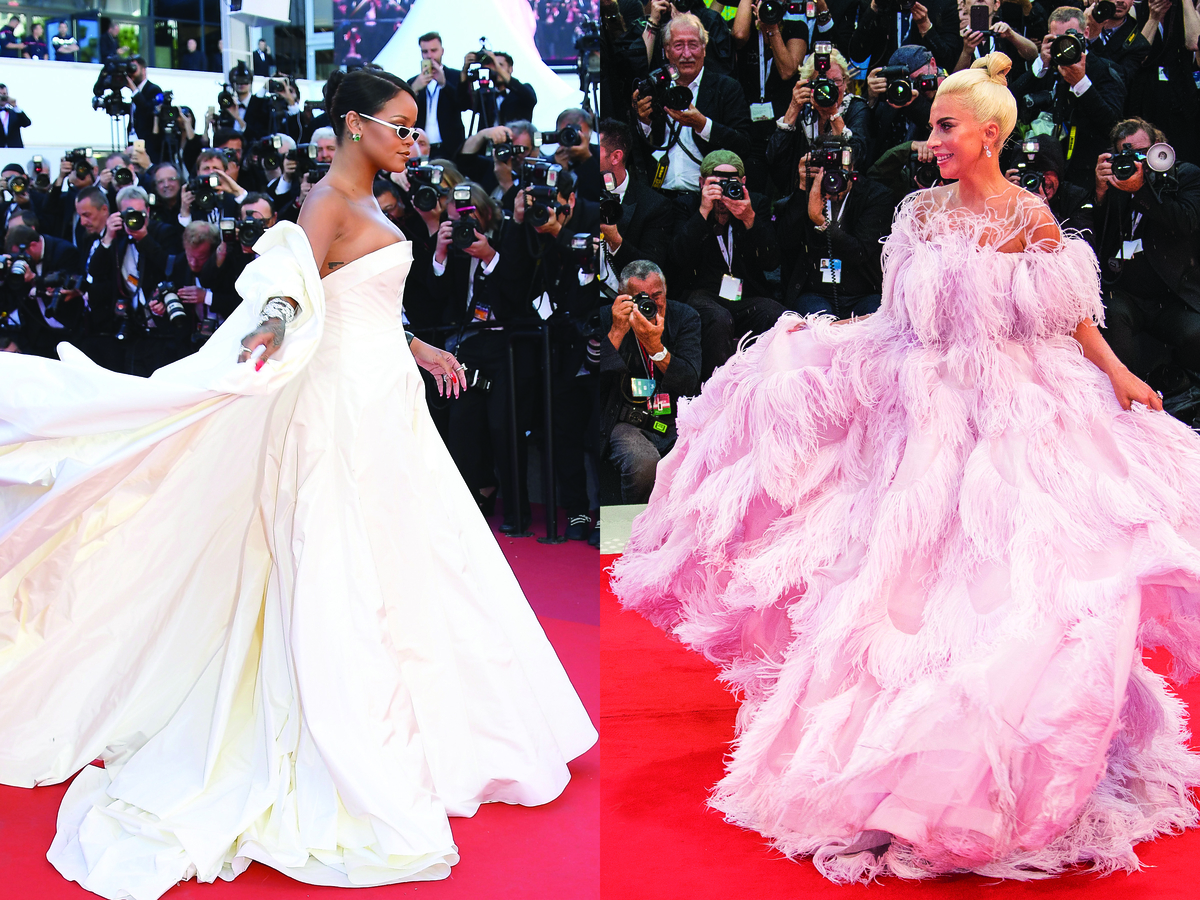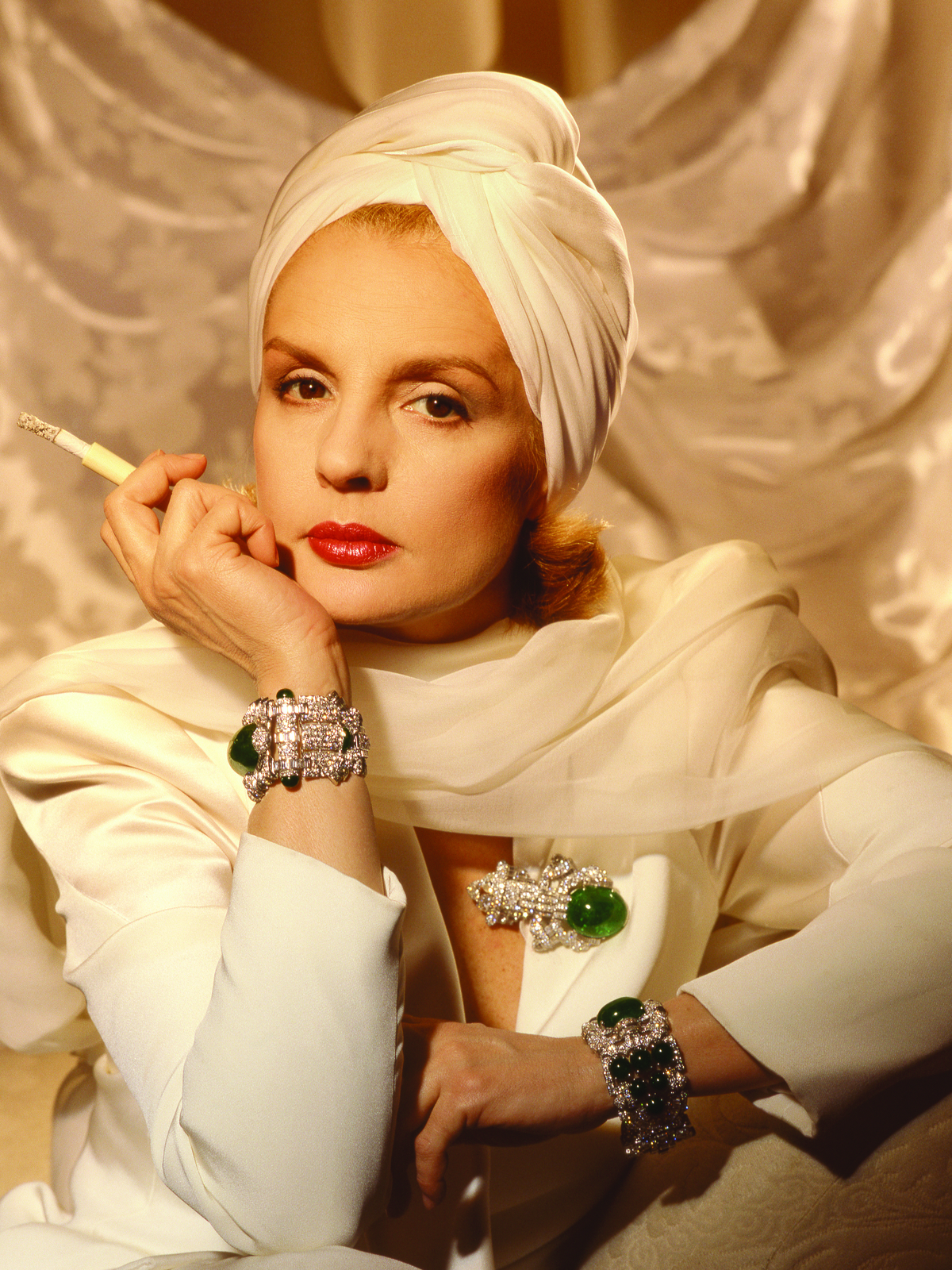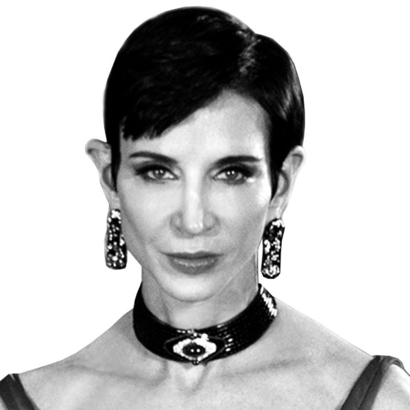In the September 2009 Vanity Fair, the Editor’s Letter described the List as “an enduring record of the best-heeled, best-tailored, best-style-conversant people in the world.” Released in the pages of the magazine from 2004 to 2017, the International Best-Dressed List continued to accommodate cultural shifts, all the while maintaining respect for its history and methods, and reverence for its founder.
With the 21st-century apotheosis of the celebrity and the related fusion of the fashion and entertainment industries, more film and fashion notables—Nicole Kidman, George Clooney, Sofia Coppola, Jeremy Irons, Giancarlo Giammetti, Lauren Hutton, Kate Moss—rose to the List’s Hall of Fame.
Influenced by the expanding global economy, the List’s voters selected some of the first Chinese winners (Fan Bingbing) since Madame Chiang Kai-shek and the first Russians (Natalia Vodianova) since the days of Princess Natasha Paley and Maya Plisetskaya. During the Vanity Fair era, the List embraced more people of color (Lupita Nyong’o, Idris Elba, Rihanna), and, echoing the 2015 Supreme Court ruling on same-sex marriage, that year it bestowed honors for the first time on a gay couple, Thom Browne and Andrew Bolton.
Just as in 1962, when Eleanor Lambert transferred her elastic instrument from the Dress Institute to her own offices, the List, since Graydon Carter’s departure from Vanity Fair, has continued as an independent entity, supervised by the I.B.D.L. team, whom Lambert appointed in 2002 to be her successors. Here, a look at its beginnings.
The Origins of the International Best-Dressed List
In 1939—while Germany was invading Poland and women and children were being evacuated from London—Seventh Avenue’s captains of industry were panicking about selling dresses. In an unprecedented maneuver, labor unions and manufacturers banded together to form the Dress Institute, with propaganda as their mission. Strategic billboards, created by the J. Walter Thompson advertising agency, sprang up across the country targeting the female consumer. The boldest sign hectored, AREN’T YOU ASHAMED YOU ONLY HAVE ONE DRESS—ONE DRESS BEULAH?
In spite of the looming war, dress sales soared. But Dorothy Shaver of Lord & Taylor, Adam Gimbel of Saks Fifth Avenue, Andrew Goodman of Bergdorf Goodman, Henri Bendel of the eponymous store, and William Holmes of Bonwit Teller were appalled. They demanded that the Dress Institute switch to more tasteful promotional tactics, and they insisted on the formidable fashion publicist Eleanor Lambert for the job.
While Germany was invading Poland, Seventh Avenue’s captains of industry were panicking about selling dresses.
Lambert rose to the challenge by devising two ingenious, resilient mechanisms to advance the Dress Institute’s cause. One of them was Press Week—the direct antecedent of today’s biannual New York fashion shows. (Up until that point, reporters had covered the collections by shadowing store buyers as they placed orders in Seventh Avenue showrooms.) The second apparatus was more subtle, but equally effective. Starting in the 1920s, and continuing into the 30s, unsigned Associated Press or United Press wire-service stories, datelined Paris, had appeared at the end of each year, conveying the results of the Paris Dressmakers’ Best-Dressed Women Poll. (Mainbocher, Edward Molyneux, Jeanne Lanvin, Madeleine Vionnet, Lucien Lelong, and Coco Chanel were, depending on the year, among those canvassed.)
At a time when the world was still reeling from the Depression, the anonymous columnists relished printing the fabulous sums—from $10,000 to $50,000—that such often cited incarnations of chic as Elsie de Wolfe and Mrs. Cole (Linda) Porter supposedly poured per annum into their wardrobes. Fashion, these women’s-page correspondents recognized, was a competitive sport, with winners, losers, and high-stakes players, and their readers liked keeping score.
A meticulous archivist, Lambert filed away clippings pertaining to the Paris Dressmakers’ Poll. Of particular interest to her was the fact that so many Americans appeared alongside the Continental swells, and that the scale of a winner’s fortune did not necessarily correlate with her ranking. “I had always watched it,” Lambert confessed in the 1970s, “because it was a piece of social history.”
World Stage
Astutely presaging that war would terminate the Paris Poll—when the city fell to the Nazis, in June 1940, most couture houses went dark—Lambert requisitioned the P.R. tool for the Dress Institute. “I was desperate,” Lambert later explained, “reaching for anything that might help.” She figured at the very least she would “carry the torch” for Paris “until they could pick it up again.”

To ensure that a list would reappear on schedule, Lambert, in the late fall of 1940, mailed out 50 mimeographed ballots to fashion savants: milliners Lilly Daché and Mr. John; designers Sophie Gimbel, Jo Copeland, and Valentina; the design staff of Bergdorf Goodman; retail executives; and the fashion editors at Vogue, Harper’s Bazaar, the news syndicates, and the New York papers. She tabulated their votes and circulated the outcome as a Dress Institute press release, which The New York Times printed near-verbatim on Friday, December 27, 1940, next to its “Books of the Times” feature.
In one swift stroke, Lambert had not only re-drawn the map of fashion with Manhattan as its capital, but also composed a roll call as all-American as the nation’s armed forces. “America is a huge country full of well-dressed women,” Lambert stated in her Dress Institute press release, a coup de grâce for the old-world Poll. “The Paris designers spoke for Paris alone, while we must speak for the world.”
High Stakes
By the 1960s, Lambert’s List had become such a cultural force that Women’s Wear Daily’s John Fairchild, attempting to put the publicist in her place, spread a rumor that the media’s fascination with it was a result of shady dealings. Though Lambert did not buy off the press, as the rivalrous Fairchild insinuated, she was regularly besieged by List aspirants angling to corrupt her. She was offered not only kickbacks but also bribes—of up to $50,000, according to the New York Herald Tribune’s fashion editor Eugenia Sheppard. And she was harassed; over the course of a year, one woman mailed 70 picture postcards of herself modeling all her latest outfits. Status seekers employed full-time publicists, Town & Country reported, “to drumbeat their ‘fashion image’ in the nation’s press,” with the objective of catching the attention of Lambert’s carefully chosen voters.
Though she did not buy off the press, Lambert was besieged by List aspirants angling to corrupt her.
For Eleanor Lambert wielded “a magic wand,” Fairchild wrote in 1965, that “lights the way into newspapers, magazines, and even society.” The List had become “to fashion,” Lambert conceded in 1963, “what the Social Register and the Almanach de Gotha are to society.” But, said the hairdresser Kenneth, a longtime voter, “very few people saw those books. The List, on the other hand, brought exposure around the world. So to certain women the List had more social cachet. They fought like tigers to get on it. Over the years several clients intimated they’d ‘make it worth my while’ if I’d vote for them.”
At least for the public, the criteria for inclusion became so cryptic that Eugenia Sheppard counseled hopefuls to have a “flat chest” and assume a “slouch posture,” as “few women with conspicuously female figures have ever made the grade.” British designer Norman Hartnell, another voter, said, “I place first importance upon … the extremities—and by that I mean the hands, feet, shoes, stockings.” Diana Vreeland, apotheosized as a Hall of Famer in 1964, even less helpfully proposed that serious contenders must be “romantic, alert, ‘with-it.’” Finally, she gave up on concrete advice and uttered the arcane disclaimer, “Part of it is myth and can’t be expressed.”
Amy Fine Collins is an Editor at Large for AIR MAIL and a Special Correspondent for Vanity Fair. She lives in New York City

